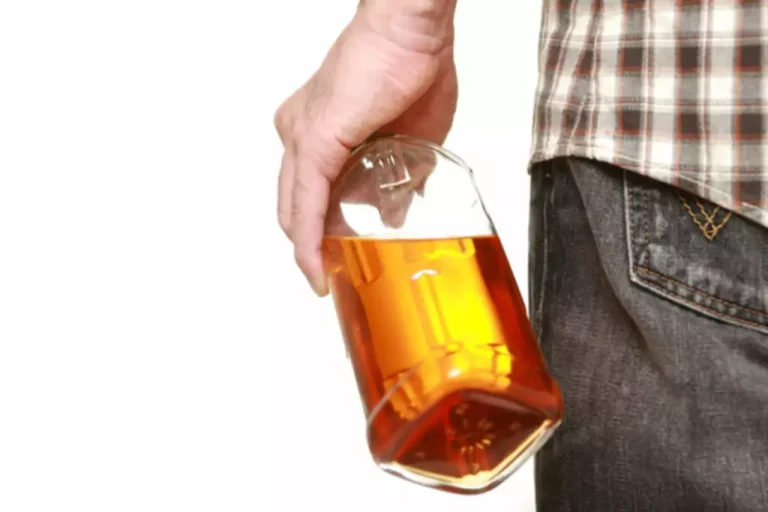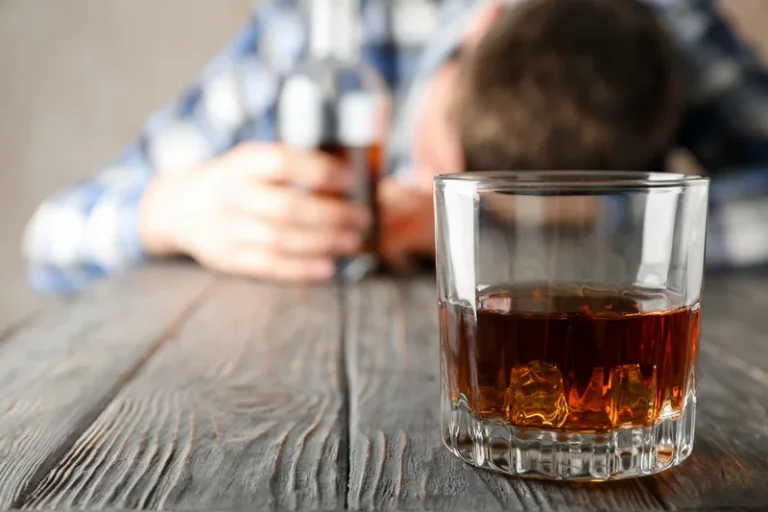
The following checklists for each type can help you determine which subtype you might fall into. The largest percentage of alcoholics fall into this group, as NIAAA publishes that 31.5 percent of all alcoholics in the United States fit this subtype. This group is typically in their late teens or early 20s, and either just of legal drinking age or slightly younger. Many young adult alcoholics are likely college students who are away from home for the first time, and who are surrounded by a culture that promotes and encourages excessive social drinking. An alcohol use disorder (AUD) is characterized by the chronic, compulsive use of alcohol despite the negative consequences on a person’s life.
What Treatment Options Are Available for Alcoholism?
Almost 27% of intermediate familial alcohol dependents have sought help for their drinking problem. They tend to prefer self-help groups, detoxification programs, specialty treatment programs and individual private health care providers. Only 17% of functional alcoholics have ever sought help for their alcohol dependence. Those who do tend to make use of 12-step programs and private health care professionals.

Medically Assisted Treatment (MAT)

They also have a later age of first drinking (average of 19 years) and a later onset of alcohol dependence at an average of 37 years. They tend to drink alcohol every other day, an average of 181 days per year, and they consume five or more drinks on 54% of those days. Around 19.5 percent of the alcoholic population in the United States falls into the functional alcoholic subtype. Someone who is considered a functional alcoholic may lead a kind of double life, compartmentalizing their drinking from the rest of their life. If you or a loved one suffers from alcohol use disorder (AUD), you must seek addiction treatment.

The NIAAA Study and Their Definition of the 5 Types of Alcoholics
- Young Adult and Young Antisocial Alcoholics presently account for about half of the alcoholism in the United States.
- By better understanding the different types of alcoholics, treatment methods can be personalized to the individual, making them more desirable and effective for a healthy recovery.
- They begin drinking around age 16 and develop alcohol dependence later, around 29 years of age.
- Chronic severe alcoholics typically have difficulty functioning normally from day to day.
- For those struggling with alcohol addiction, as well as their loved ones, numerous resources and support systems are available.
- About 31% of functional alcoholics have a close family member who also has alcohol dependence.
The National Institute on Alcohol Abuse and Alcoholism (NIAA) studied alcoholics and how they differ. For some alcoholics who’ve been excessive drinkers for years, it’s a difficult path to embrace sobriety. They may find it extraordinarily challenging and suffer frequent relapses or give up the goal of sobriety completely.
What Are the Different Types of Alcoholism?
Through national and international meetings and a wide circulation of books and journals, the writings of these physicians and alienists became instrumental in defining the medical response to what was considered the disease of inebriety. The prescientific period of alcoholism typologies roughly extends from William Carpenter’s description in 1850 of different types of “oinomania,” or wine mania (Carpenter 1850), to the psychoanalytic and character-based theories of the 1930’s. In many countries, alcoholism emerged as a major public health problem during the 19th century, just when medicine and psychiatry were developing as modern professional guilds. Thus, it is no coincidence that some of the leading physicians in countries such as France, England, Germany, and the United States devoted considerable attention to studying alcoholism.
The 2021 National Survey on Drug Use and Health (NSDUH) reveals that 28.6 million adults aged 18 and older (11.3 percent of this demographic) experienced alcohol use disorder (AUD) in 2022. Each type has symptoms and behaviors that separate themselves from each other. Treatment for alcohol use disorder first involves recognizing there is a problem. If a person does not perceive a problem with their alcohol abuse, it may be difficult for them to recover. The motivational model of alcohol use was developed to help treat alcohol dependence and suggests people drink because they expect a change in how they feel after drinking.
Treatment for alcohol use disorder varies depending on the severity of your symptoms and how long the condition has persisted. The most common treatment options for people with the condition include the following listed below. But if they continue down this path without seeking professional help, their performance and health will gradually deteriorate as profound alcohol dependence develops.
- If you do opt to shop Costco’s alcohol without a membership, know that the cashier might not be acquainted with the local laws that allow non-members to make this type of purchase.
- Functional alcoholics, also known as high-functioning alcoholics, are individuals who are able to maintain their jobs, relationships, and social lives while struggling with alcohol addiction.
- Around one quarter of those in this category seek help for their alcoholism.
- Knowing where you or your loved one falls under the five categories of alcoholics can help you recognize and understand the signs of a developing addiction.
Outpatient Treatment
However, even a mild disorder can escalate and lead to serious problems, so early treatment is important. Unhealthy alcohol use includes any alcohol use that puts your health or safety at risk or causes 5 types of alcoholics other alcohol-related problems. It also includes binge drinking — a pattern of drinking where a male has five or more drinks within two hours or a female has at least four drinks within two hours.
Because denial is common, you may feel like you don’t have a problem with drinking. You might not recognize how much you drink or how many problems in your life are related to alcohol use. Listen to relatives, friends or co-workers when they ask you to examine your drinking habits or to seek help. Consider talking with someone who has had a problem with drinking but has stopped. https://ecosoberhouse.com/ More than 80% of this group experiences acute alcohol withdrawal and persistent efforts to cut down, and more than 90% experience drinking despite the problems it causes them and drinking larger amounts and for longer than intended. This group also tends to spend significant amounts of time recovering from alcohol, and many experience reduced activities due to drinking.
